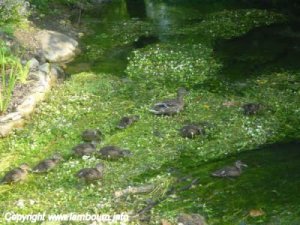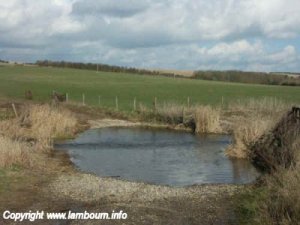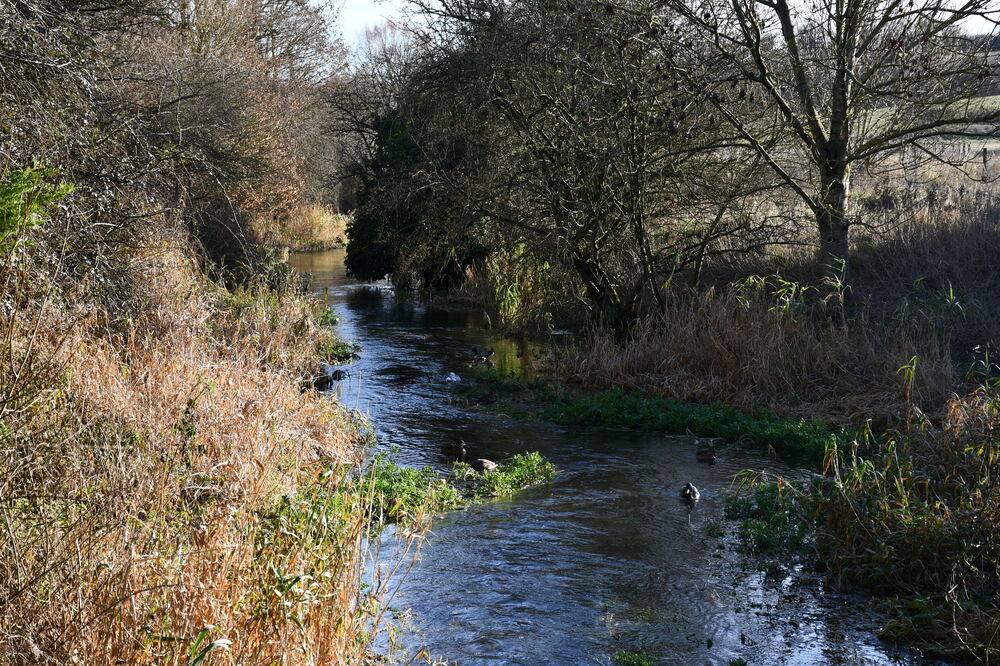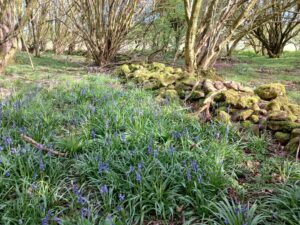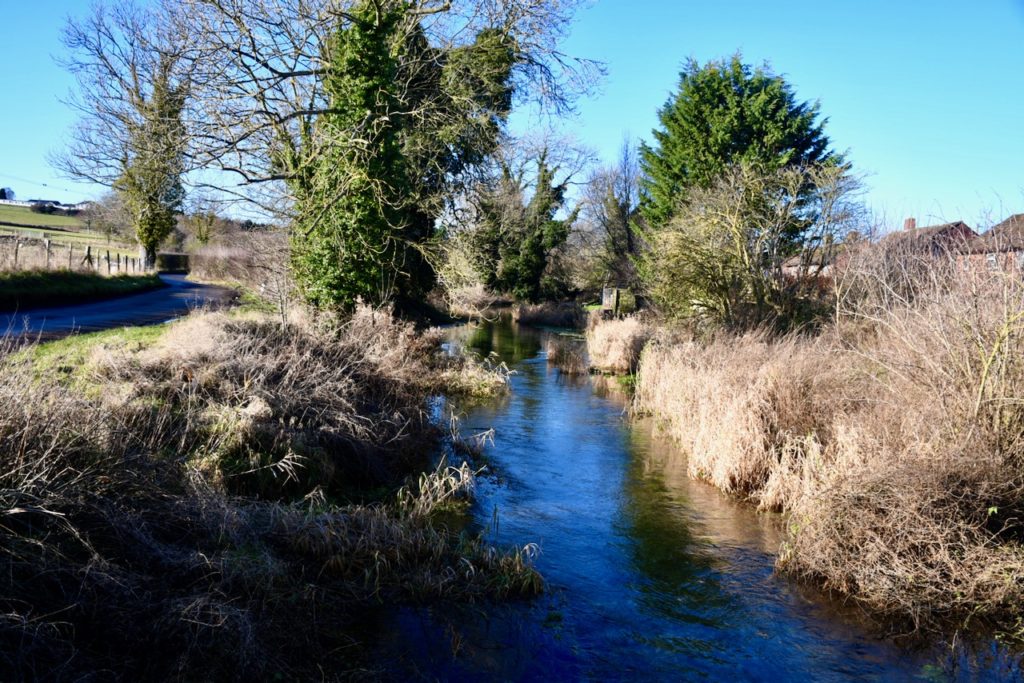
The River Lambourn rises near the village of Lambourn in the chalk of the the Berkshire Downs at an altitude of about 152m above sea level. It is 26km long and flows through the Kennet Valley in a south-easterly direction to Newbury where it joins the River Kennet at an altitude of about 85m AOD. There is one important tributary, the Winterbourne Stream, which flows into the Lambourn from the north-east, just upstream of Newbury. The underlying bedrock is chalk, with overlying river gravels.
The river has its source in the woods just above Lambourn where chalk springs bubble out of the ground. The upper part of the river between Lambourn and Great Shefford is seasonal with water running approximately six months of the year when the water table in the chalk rises and the springs start to flow.
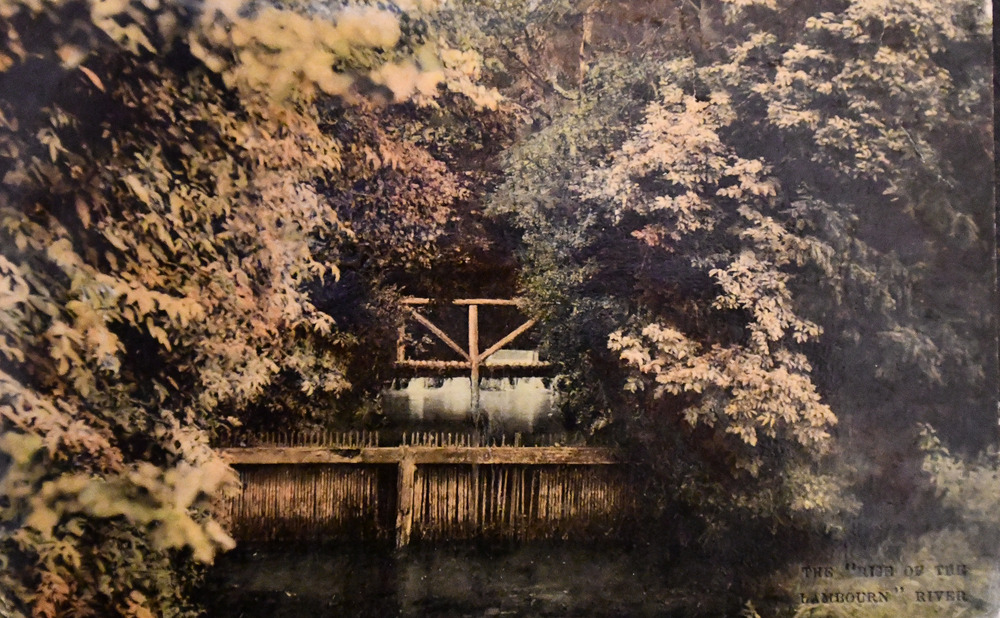

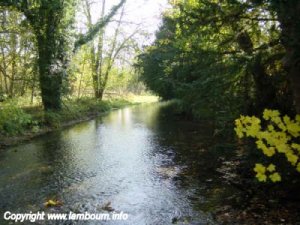
The catchment is mostly rural, with mixed farming as the main industry, and there are extensive deciduous woodlands on the catchment boundary. The river forms part of the proposed Kennet and Lambourn floodplain Special Area of Conservation (SAC) under the European Community Habitats Directive. Most of the river is a Site of Special Scientific Interest (SSSI). Ten kilometers from the source, the river receives input from East Shefford sewage works. There are no other significant inputs upstream of the sampling site and no large conurbations on the catchment above the site. Water quality in the Lambourn is good; the river is classified as General Quality Assessment (GQA) biological class ‘b’ and chemical class ‘A’.
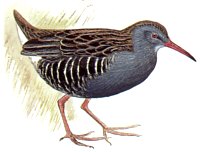
The river corridor is notable for reed beds and willow stands and the floodplain provides important feeding grounds for snipe ( Gallinago gallinago) and water rail ( Rallus aquaticus). There are good extensive gravel spawning areas for salmonids; the river supports one of the best and most productive fisheries for brown trout ( Salmo trutta) in the area, with natural populations of grayling ( Thymallus thymallus) also present. The Lambourn is in the top 10% for England and Wales for the number of macroinvertebrate families recorded during the GQA survey; five nationally rare species of invertebrates are found associated with the river.
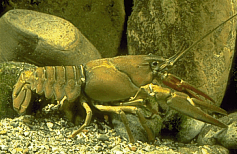
Populations of the introduced American signal crayfish ( Pacifastacus leniusculus) are present which may well have displaced the native crayfish.
